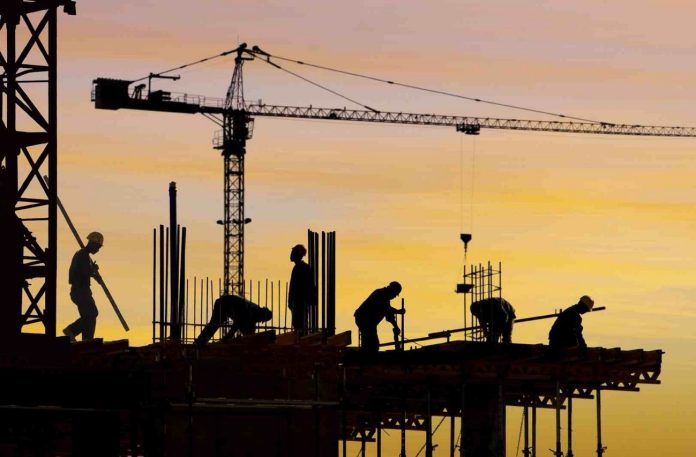- The pandemic-induced economic meltdown showcased to the entire global community the importance of laying significant importance on developing infrastructure of varied hues. Focusing on strengthening the country’s infrastructure developments proved to be one of the key economic indicators of growth that every country undertook to tide over the unemployment crisis brought about by successive lockdowns. The governments could provide a major fillip to the debilitating unemployment crisis by undertaking and encouraging huge infrastructural development projects. Indian Union Government as part of the fiscal measures precisely did the same by pumping in adequate funds for infrastructure growth. The results are there for all to witness.

PC: LinkedIn
- The moot point to ponder here is whether the rush to push infrastructure projects wittingly or unwittingly compromised the quality aspect. So since many infrastructure projects were found to be compromised on the quality standards expected normally. No wonder, there were several instances of bridge collapse, building collapse, and other such unsettling incidents reported nationwide. When a bridge collapses, it reveals the fragility of structures that undergird our lives, which we take for granted. This situation is not restricted to India alone but across the world too. As reported widely in recent times, the bridge collapse in Baltimore is prompting questions about the safety and strength of the USA too.
- American infrastructure is also not immune to such catastrophes, you see. Of course, India is no stranger either. In the last few years, we have seen terrible images from Bihar, Gujarat, Mumbai, and Mizoram, with some bridges under construction, and some known to be dilapidated and dangerous but allowed to function. India has been on a huge infrastructure binge in recent years. Strategic and high-vis bridges like the Chenab bridge and the Mumbai trans-harbor link attest to our engineering capacities and intent. Public and private sectors are together set to invest Rs. 96 trillion ($1.16 tr) in infrastructure over 2024-2030, according to CRISIL. But bridges are not just showbiz, they are also a matter of mundane maintenance. A crash always reveals engineering and policy failures.

PC: World Bank Blogs
- Across India, many private contractors seek quick returns, and governments are complicit in this carelessness. Without institutional coordination and a skilled workforce for structural repair, bridge maintenance has been patchy. The Bridge Management System launched in 2015 is supposed to survey bridges, identify distressed bridges, and rehabilitate them, but there remains a staggering backlog of aging infrastructure. Of our 1,73,000 bridges, about 36,740 were built by the British and about 6,700 of them are even older. We need to upgrade our assets to fit current demands, deploy tech like bridge monitoring sensors to detect damage and strain, have regular maintenance protocols and structural audits, and ensure both private and public agencies are responsible for the bridges they build, and to the people for whom they work.






